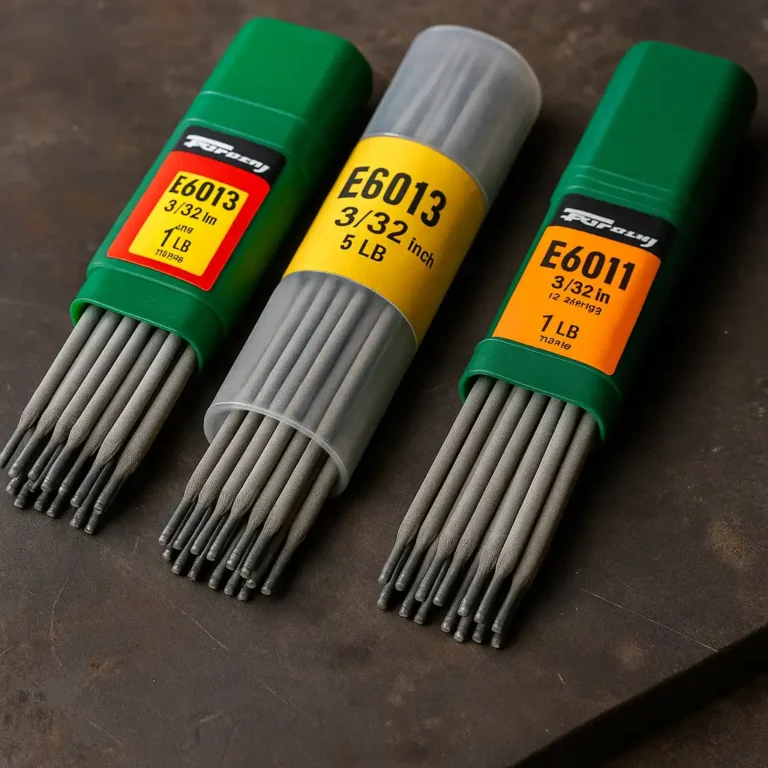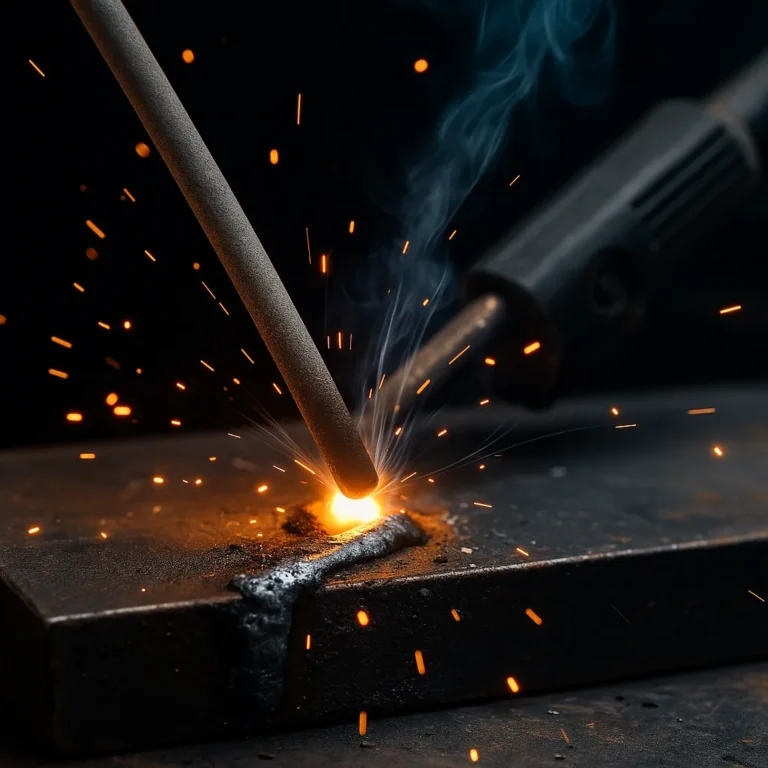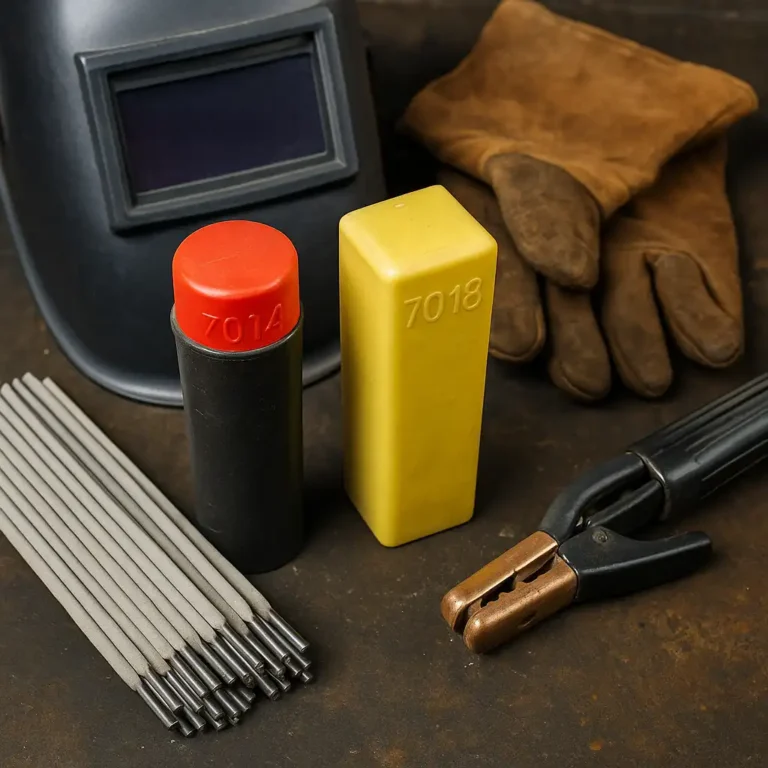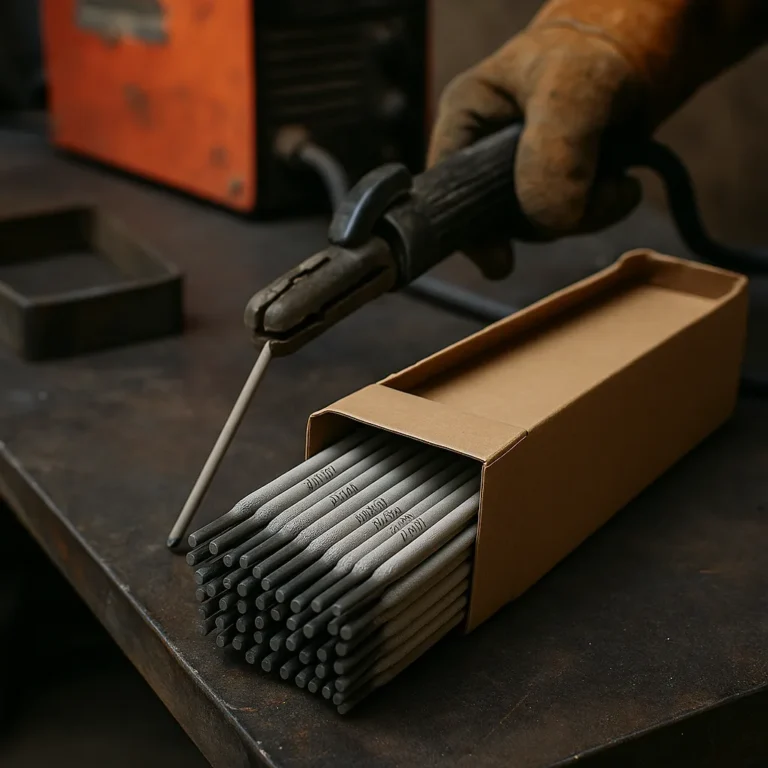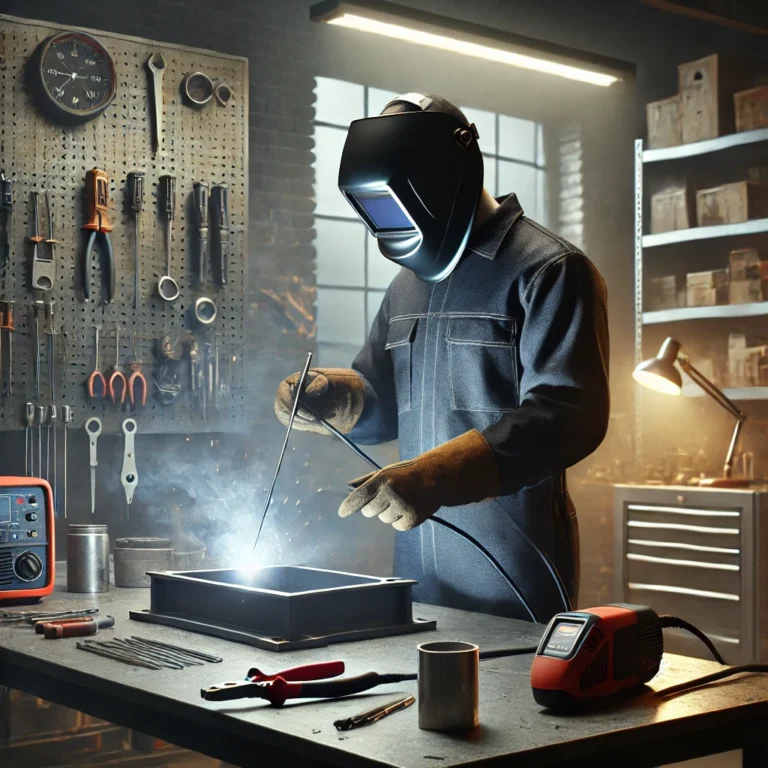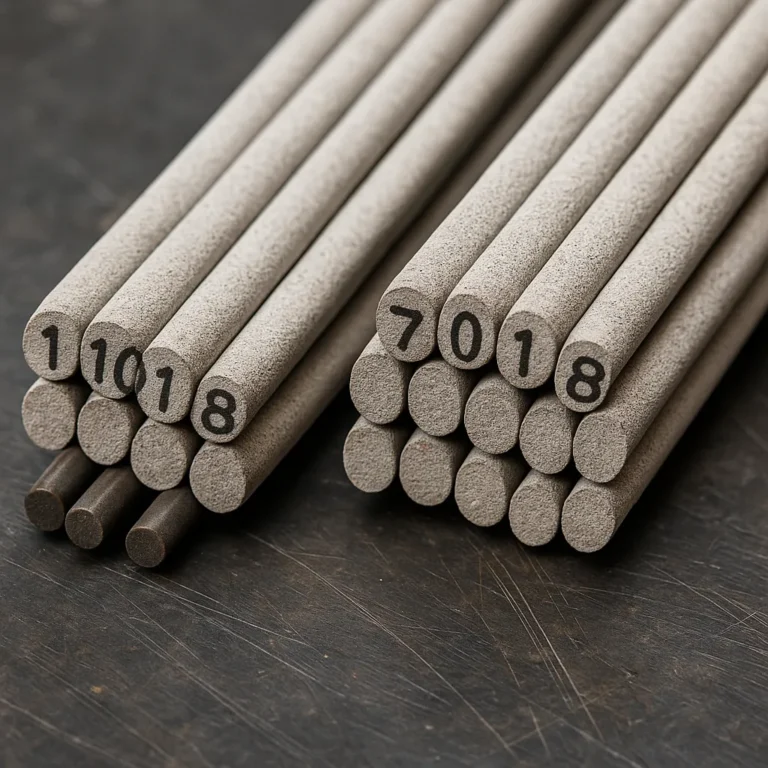6010 vs 7018 Welding Rod – Key Strengths and Uses
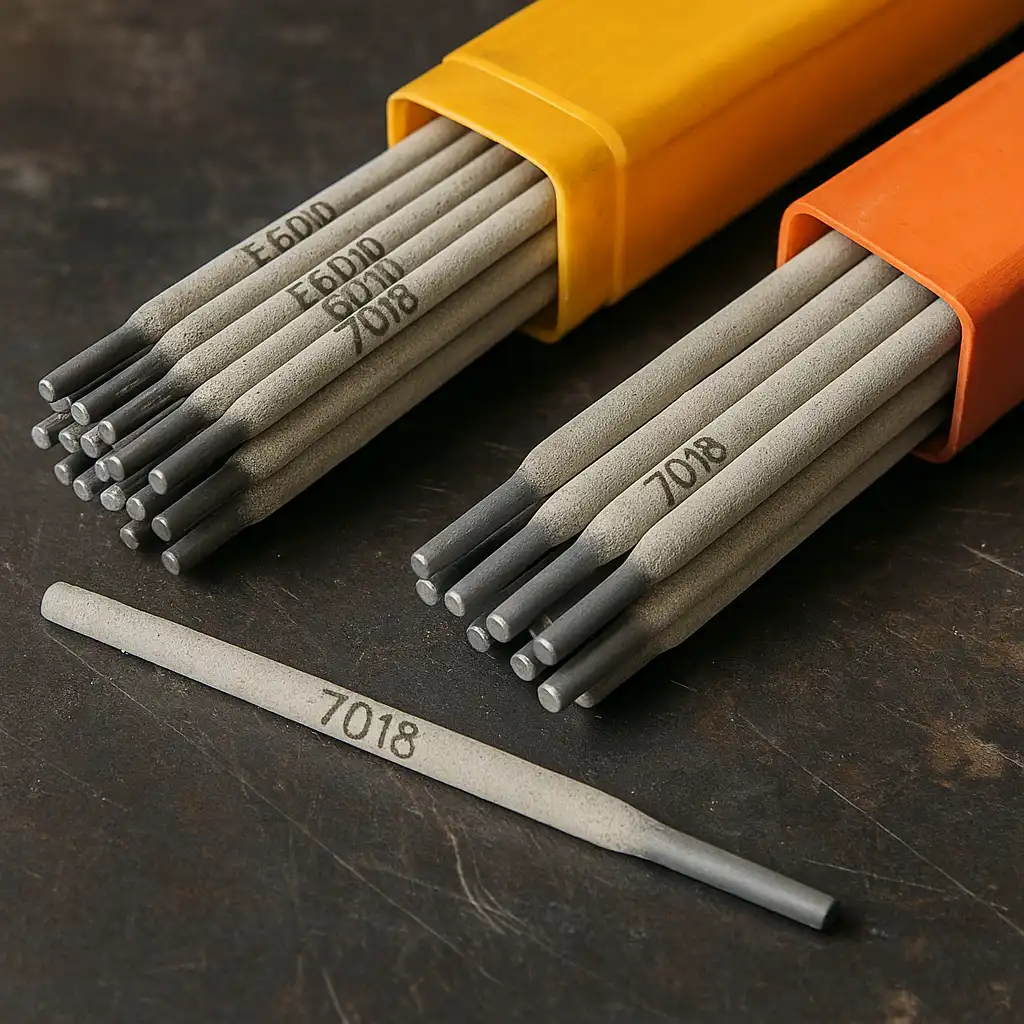
Disclosure: This post contains affiliate links. As an Amazon Associate, I earn from qualifying purchases—at no extra cost to you.
Last Updated: September 11, 2025
Few comparisons spark more debate than 6010 vs 7018 welding rod. Both are stick welding essentials, but they’re built for different jobs. Knowing when to grab 6010 and when to reach for 7018 keeps your welds strong, clean, and ready to pass inspection.
👉 Need a bigger picture of electrodes? Our best welding rods guide covers the main types and when each one is worth using.
📋 Quick-View Comparison List
🔩 6010 Welding Rod
⚡ Strengths: Deep penetration, fast-freezing arc, works on dirty steel
🔧 Best For: Pipe work, root passes, field repairs
⚠️ Limitations: Demands skill, rough bead appearance
🔩 7018 Welding Rod
⚡ Strengths: High tensile strength, smooth arc, low-hydrogen welds
🔧 Best For: Structural welding, fabrication, code work
⚠️ Limitations: Moisture-sensitive—keep rods dry. On low-OCV AC buzz boxes, use 7018AC or DC.
🔎 Strength & Durability
6010 rods bite deep and hold strong, even on rusty or painted steel. They’re trusted for root passes on pipe and repair jobs where penetration can’t be compromised.
7018 rods focus on strength and consistency. With their low-hydrogen coating, they’re designed for structural steel, beams, and heavy equipment—welds that need to meet code every time.
Per AWS classification, 6010 electrodes are rated around 60,000 psi tensile strength, while 7018 electrodes target about 70,000 psi.
👉 Confused by all those numbers? Check our guide to welding rod numbers and see how they connect to strength and use.
🔎 Ease of Use & Handling
Running 6010 rods takes practice. They strike hot, freeze fast, and need a steady hand. Experienced welders swear by them, but they’re not beginner-friendly.
7018 rods feel smoother. They run steady, leave a clean bead, and require less cleanup. The catch? They’re moisture-sensitive—once they get damp, they’re done.
🔎 Versatility in Welding Jobs
A 6010 welding rod is built for tough conditions. It burns through dirt, rust, and paint, making it the field welder’s go-to.
7018 rods shine in controlled settings. From fabrication shops to inspected structural work, they deliver the strength and bead quality inspectors look for.
👉 Looking beyond stick welding? See our aluminum filler rod guide for the alloys welders rely on.
🔎 Best Match for Welders – 6010 vs 7018 Welding Rod
Choose 6010 if you’re welding pipe, doing field repairs, or need penetration on dirty steel.
Go with 7018 if you’re fabricating, working structural jobs, or laying down welds that will be inspected.
📦 6010 Welding Rod – Best for Pipe and Field Repairs
6010 is tough and reliable. It digs in, handles less-than-clean steel, and makes strong root passes.
Its drawback: it’s harder to control and doesn’t leave the prettiest weld.
📦 7018 Welding Rod – Best for Structural and Code Work
7018 is the rod inspectors want to see. It lays down smooth, strong, low-hydrogen welds built for critical work.
The downside: you need to store it dry, and not every machine runs it well unless it’s DC or 7018AC on low-OCV buzz boxes.
🟢 FAQs
Q: What is a 6010 welding rod good for?
A: Root passes, pipe welding, and repair work on dirty or rusty steel.
Q: What is 7018 welding rod good for?
A: Structural, fabrication, and code welding where strength and bead quality are critical.
Q: What’s the difference between 6010 and 7018 welding rods?
A: 6010 penetrates deep and handles dirty steel, while 7018 makes smooth, strong welds designed for inspection.
Q: Which is stronger, 6010 or 7018?
A: 7018 has higher tensile strength, but 6010 offers deeper penetration. The “stronger” rod depends on the job.
✅ Conclusion
In the 6010 vs 7018 welding rod debate, it all comes down to the work. Use 6010 when you need penetration and reliability in field conditions. Reach for 7018 when you’re welding structural steel or fabricating parts that must pass inspection. Both are essentials—knowing when to use them is what sets solid welders apart.

